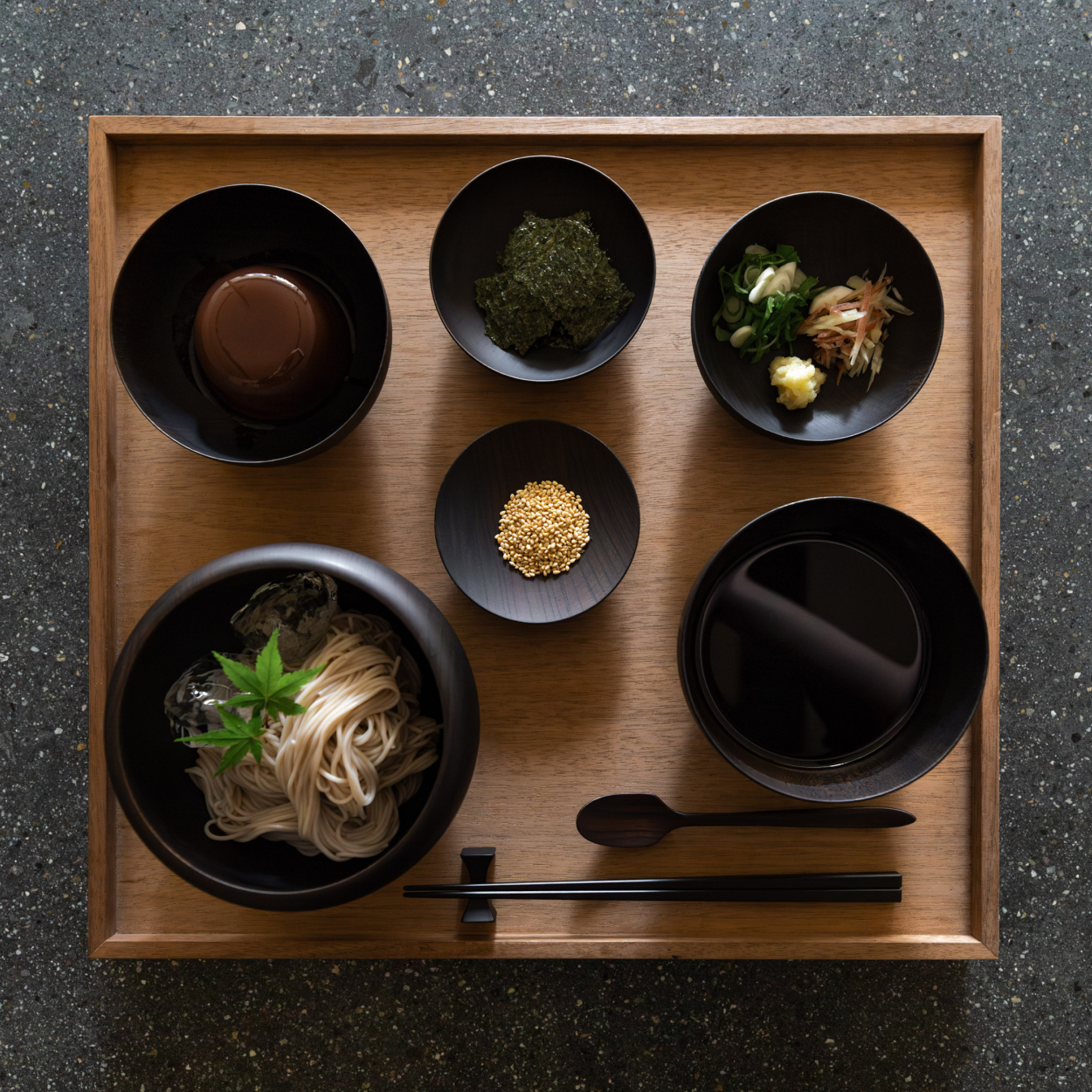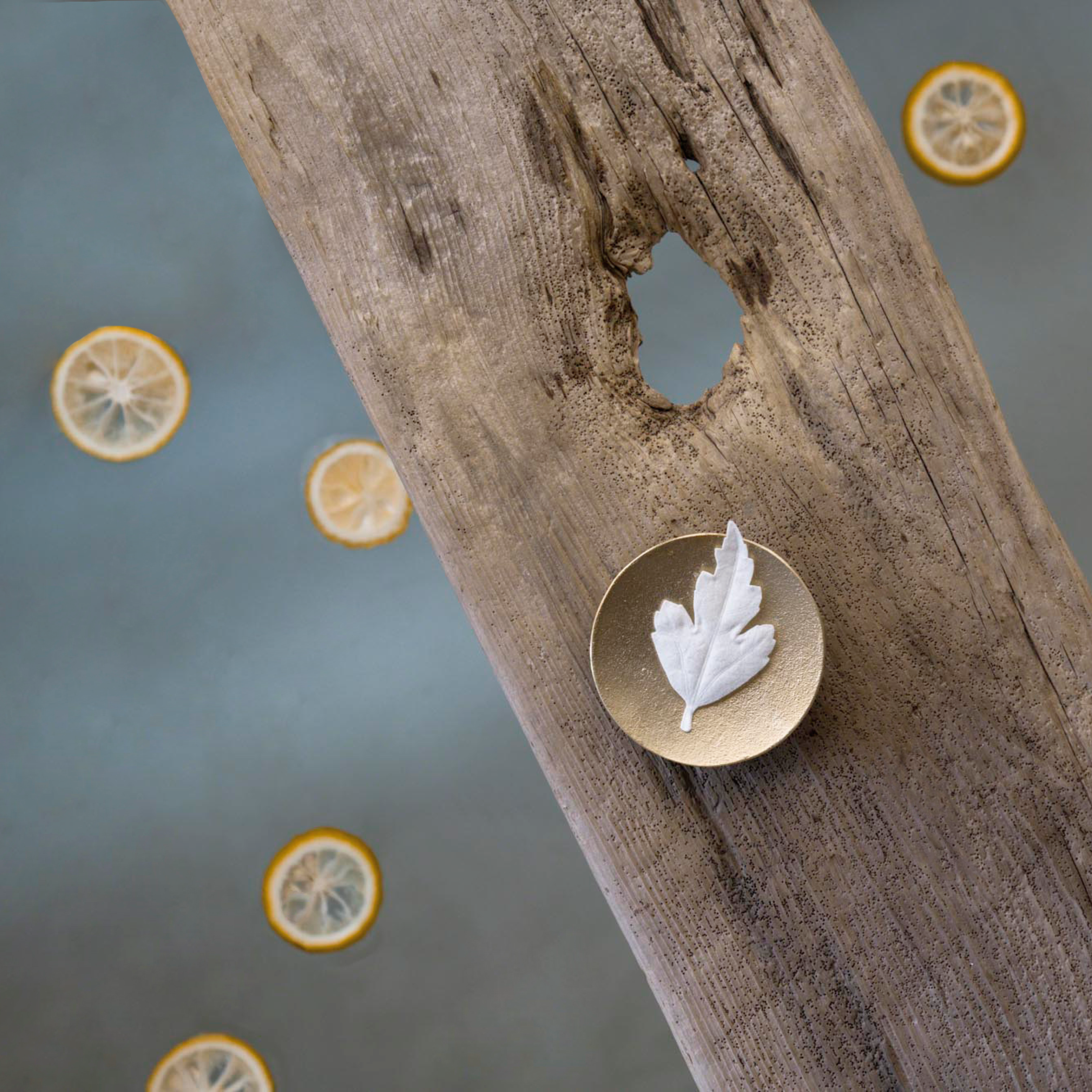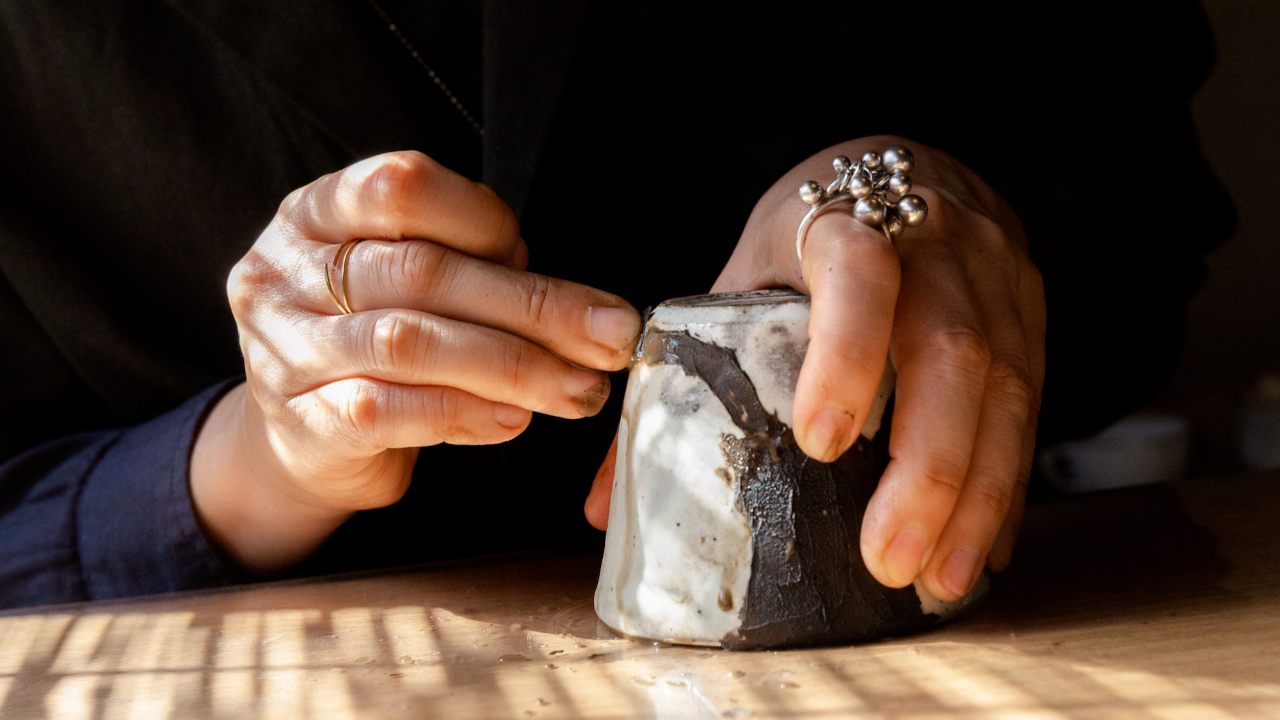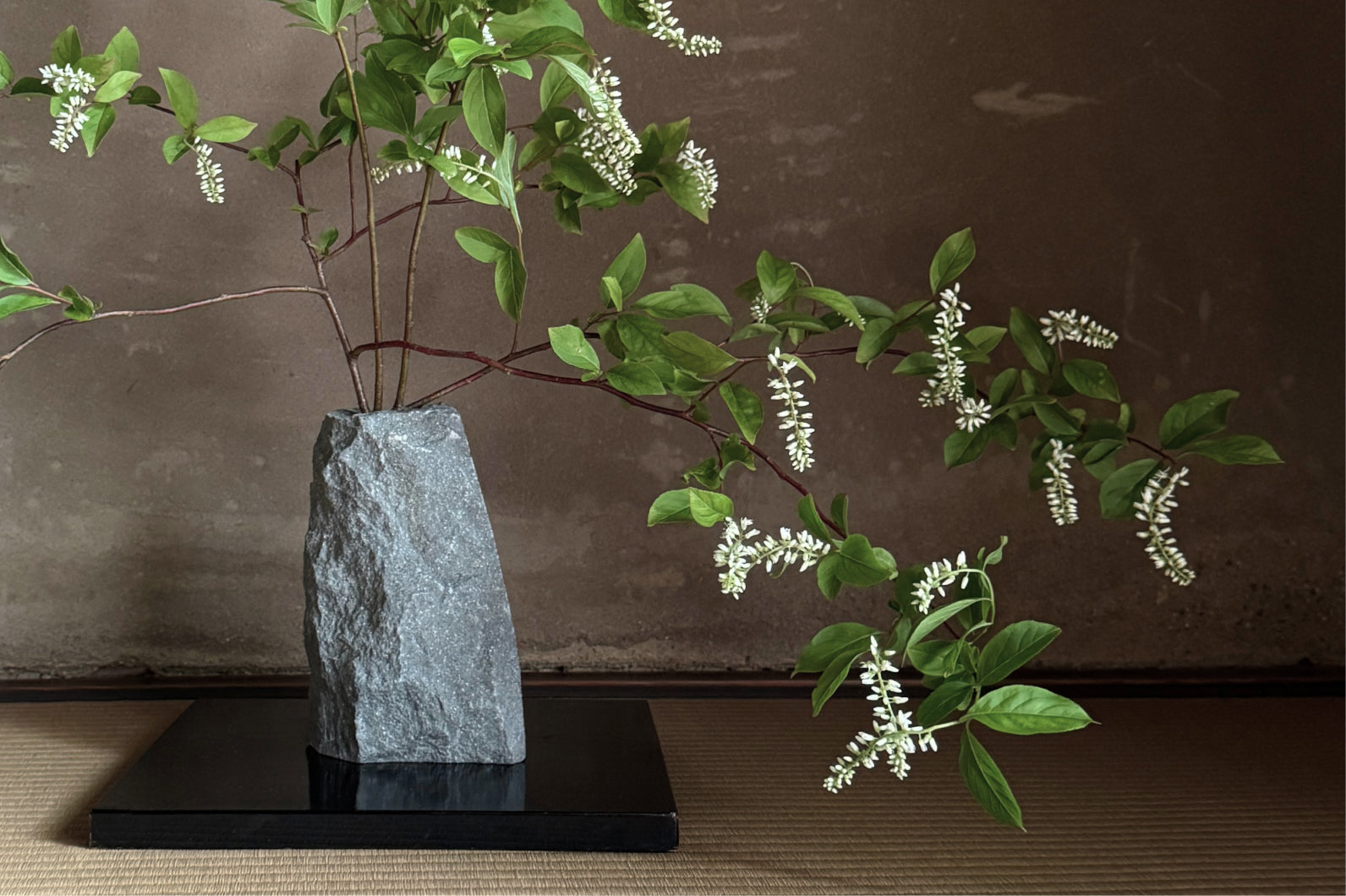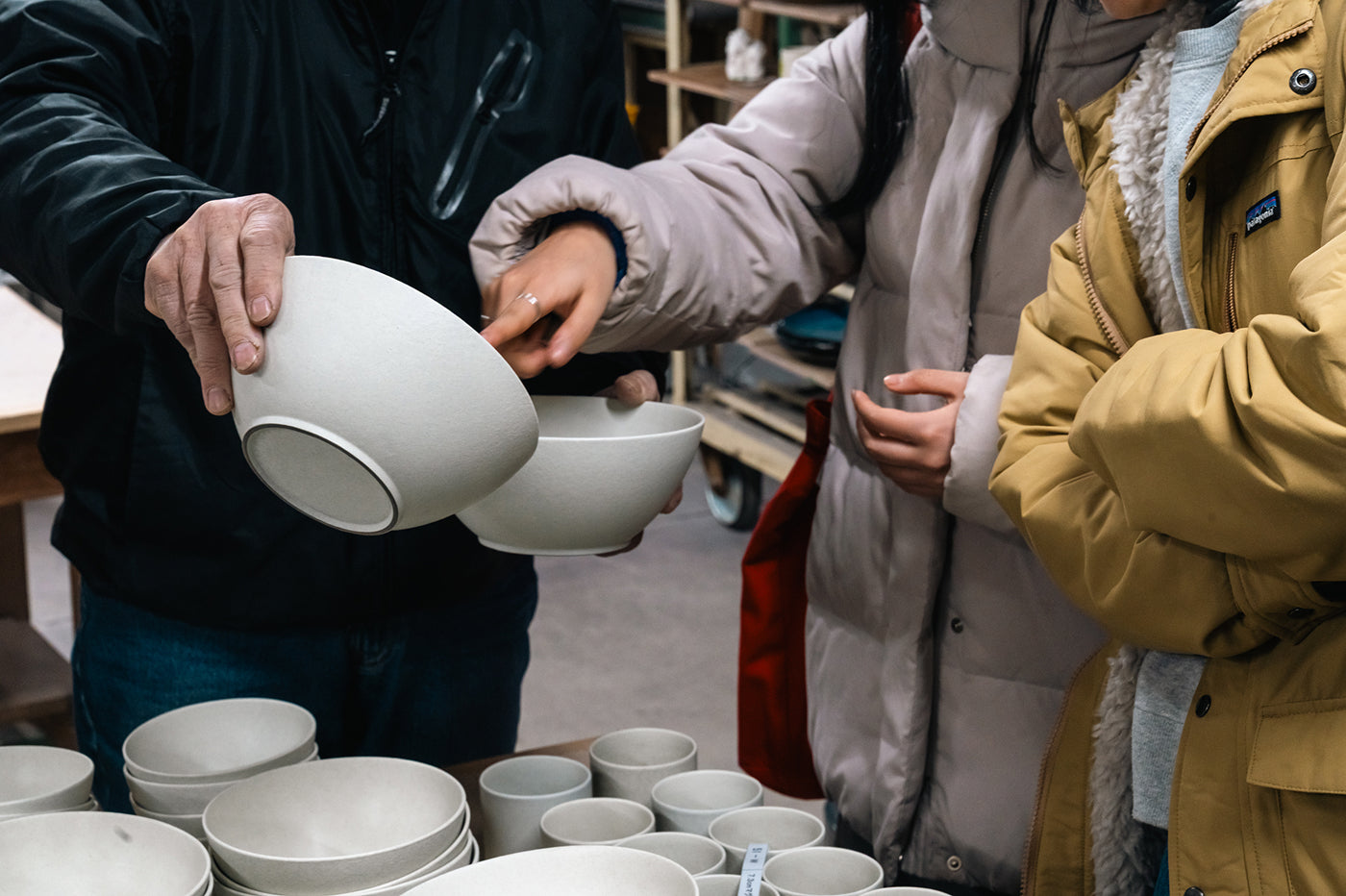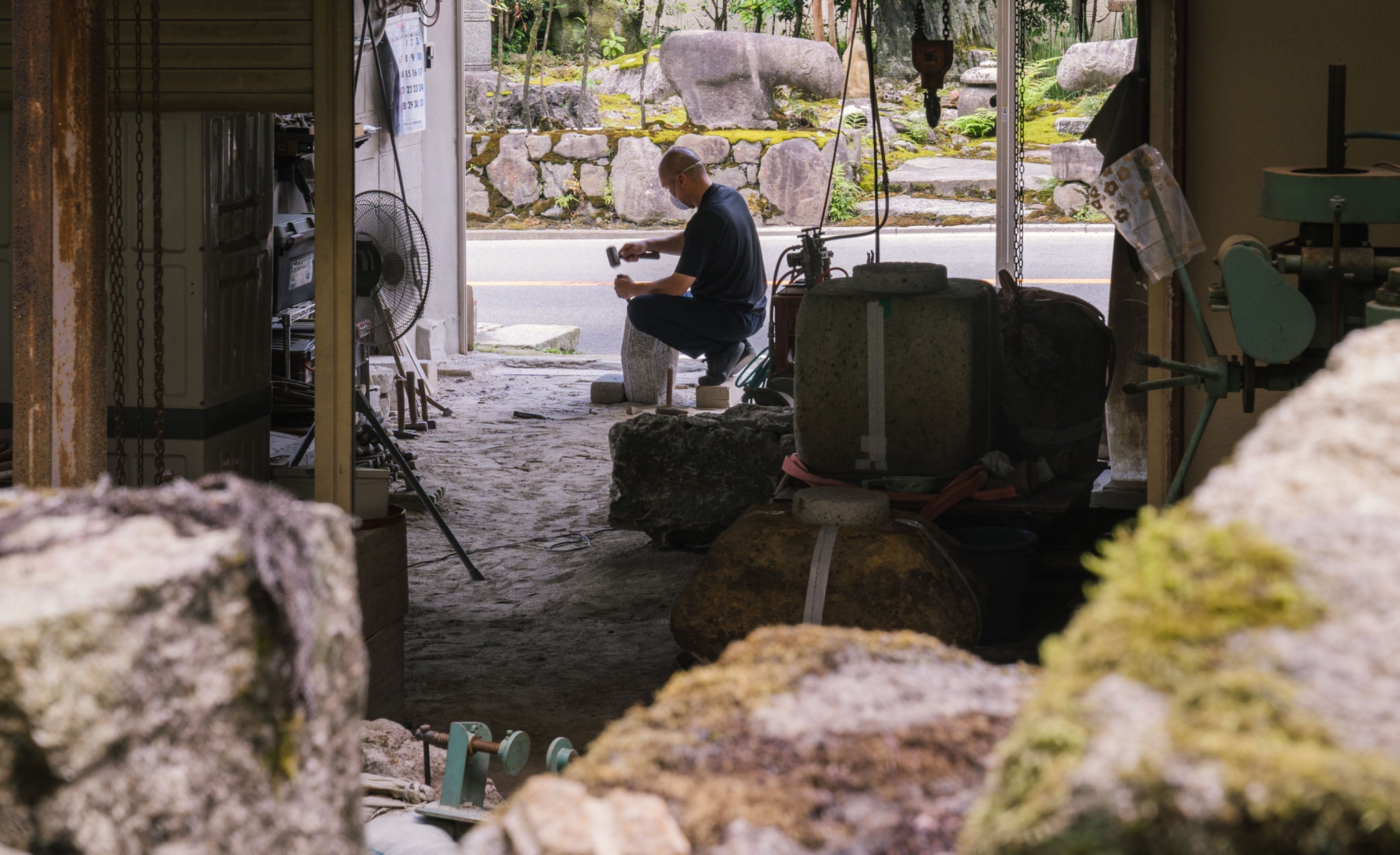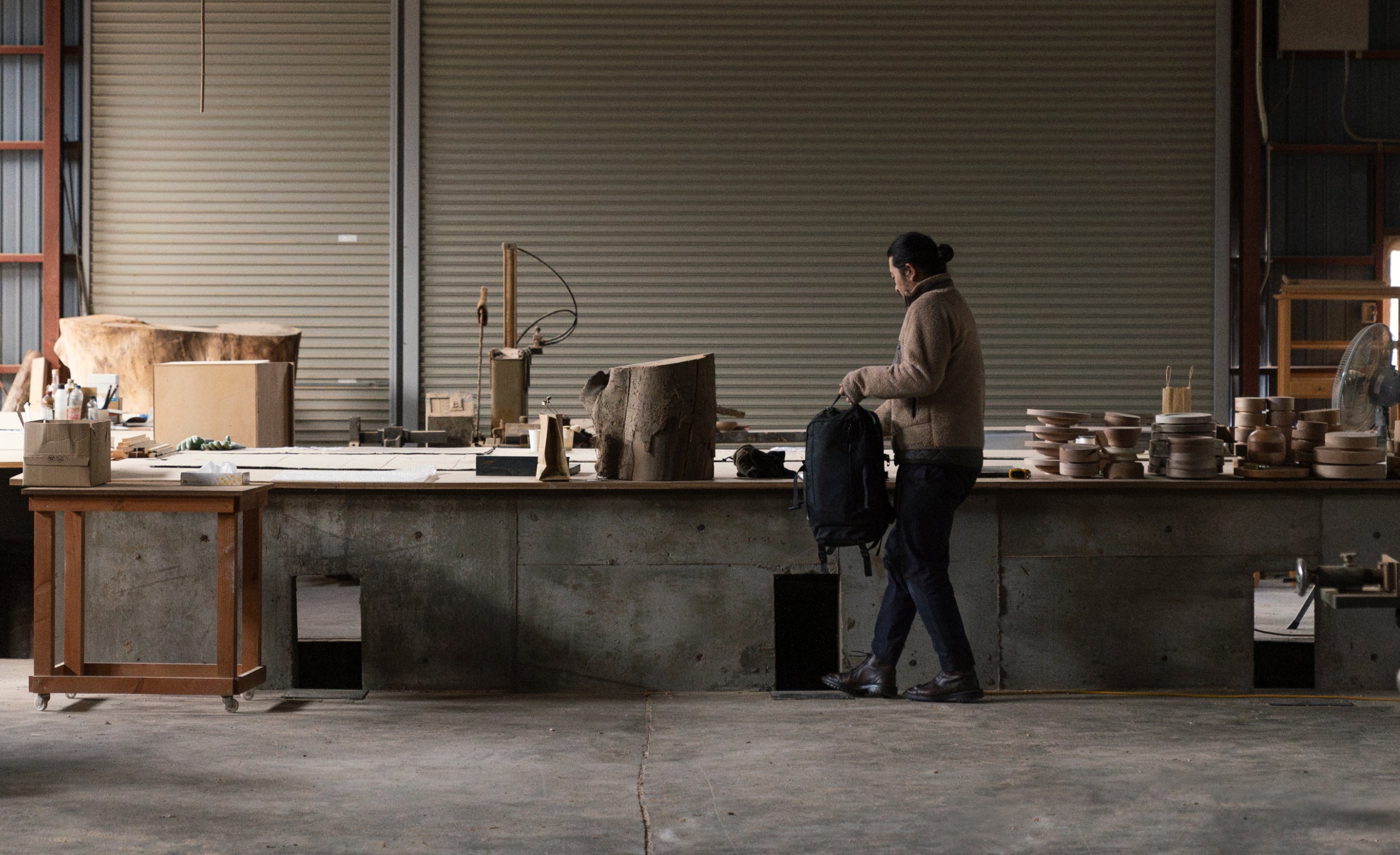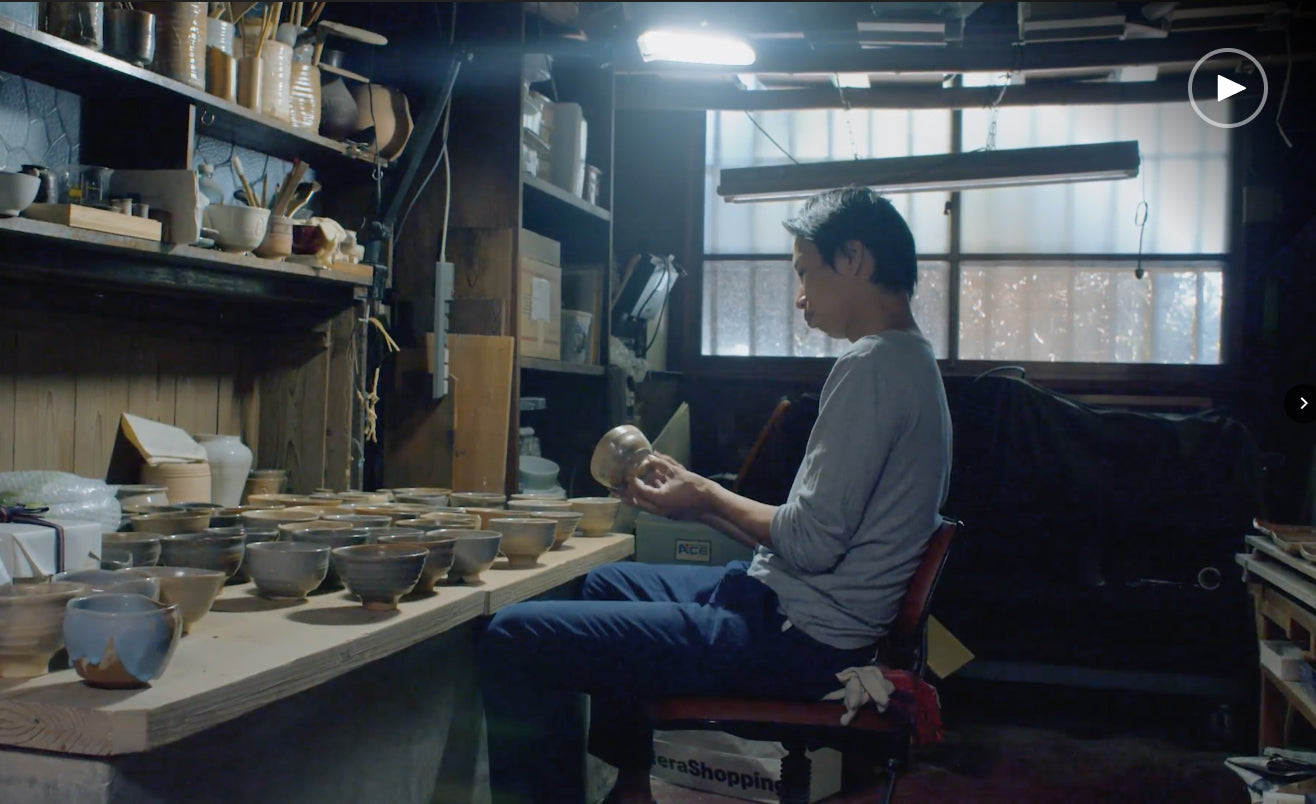Urushi, the sap of the urushi tree, is the base material of authentic kintsugi-repair using all natural ingredients. It is what makes this tableware restoration technique antipest, antiviral, antibacterial, and so durable. Not to mention, 100% food safe.
The urushi tree is the cousin of mango, cashew, and poison ivy. As a result, some people fear working with urushi. Like poison ivy, it does indeed contain a compound called urushiol that can cause minor skin irritation to a more severe allergic reaction, depending on the individual.
RARE URUSHI ALLERGY
A true urushi allergy only affects a very small percentage of the population. If you have an urushi allergy, it will become apparent straight away, just by being in the same room where raw urushi is being used. Symptoms include red, swollen eyes, itchiness, and inflammation. Should you experience any of these symptoms, please remove yourself from the room and consult a doctor for immediate medical attention.
COMMON URUSHI IRRITATION
Skin irritation from touching urushi is much more common, and is caused when urushi is used in its wet state, and transferred onto the body. Just because urushi has been wiped off of the skin does not mean that it has been removed completely. If we are working with urushi and it gets on our hands for example, we unconsciously transfer it by touching our phone or hair, which touches our hands or face, and then it continues to be transferred all over our body, even later in the day when we shower. Symptoms usually appear a few days after exposure in the form of red, itchy rashes that can last several weeks.
While urushi allergy cannot be helped, skin irritation caused by touching urushi can easily be prevented. Proper care, like wearing gloves and long sleeves, tying back your hair, and not touching your phone while using urushi, will help to prevent accidental contact with urushi.
That said, even when taking proper precautions, accidents can always happen. But not to fear! Knowing three easy steps can prevent skin irritations even if your skin happens to come in contact with urushi.
ALLERGY AND FOOD-SAFETY COEXISTS
You may wonder how on earth kintsugi can be fully food-safe when precautions need to be taken throughout the repair process. And the reason lies in the chemical makeup of urushiol. In its raw, wet state, urushi can indeed cause skin irritation or an allergic reaction, however, urushi ages and hardens by taking in oxygen from water and moisture in the air. It oxidizes and changes form. Making for one of the most luscious, durable materials. So with in between steps like chiseling off excess mugi urushi after it has properly aged and hardened in the muro, or gently sanding down sabi urushi after it has been properly aged and hardened in the muro, while it is suggested that one wears gloves, it isn’t completely necessary. That and if you don’t mind that your hands and nails get roughed up a bit.
BUILDING URUSHI IMMUNITY
You may notice that some kintsugi restoration specialists, as well as urushi lacquerware artists, touch urushi directly without the use of gloves. This is because one can build an immunity toward urushi’s itchy compound. However, even for those who are generally quite strong against urushiol, if their immune system and other detoxifying organs has been compromised due to a cold or by having one too many drinks the night before, an itchy rash can ensue if not cleaned properly. Read how the professionals do below!
HELP! URUSHI IS ON MY SKIN. NOW WHAT?
Hopefully, you are reading this blog post before you’ve touched urushi, so that it’s not being transferred onto your phone or computer but …

Step 1
With a clean tissue, wipe away any excess urushi from the skin.
Step 2
Massage the affected area and any other potentially affected areas well with a plant-based oil of your choice (olive oil, vegetable oil, coconut oil, etc) straight away. Like removing heavy duty make-up, this will lift the urushi off the skin and prevent it from adhering.
Step 3
Wash your hands thoroughly with soap and water to remove the oil.
What is critical here is massaging the affected areas with oil before washing your hands with soap and water. So to avoid irritation in the affected area, as well as to avoid transferring urushi to other parts of your body, first and foremost massage with oil.
